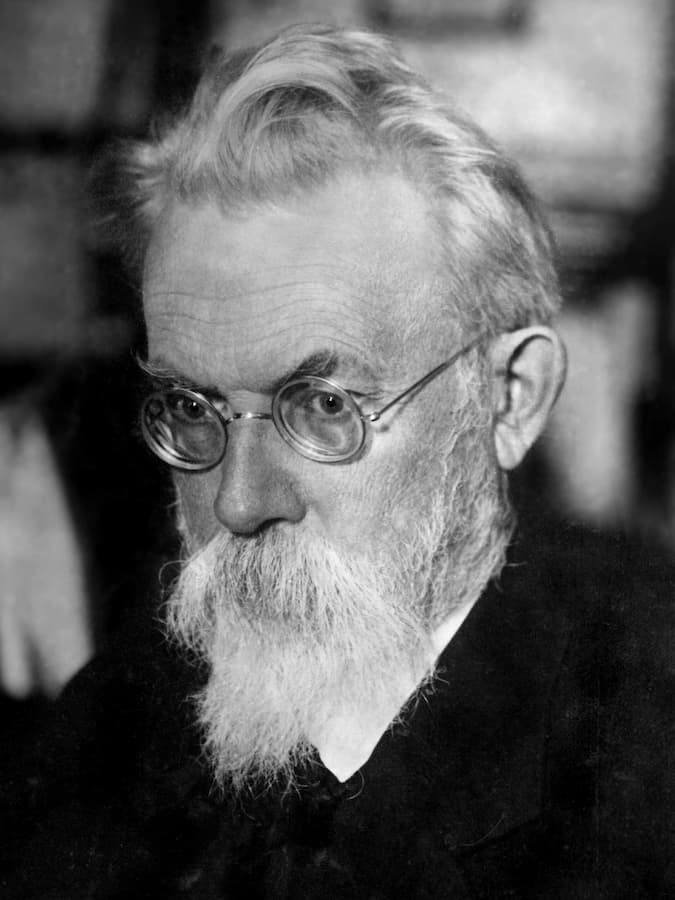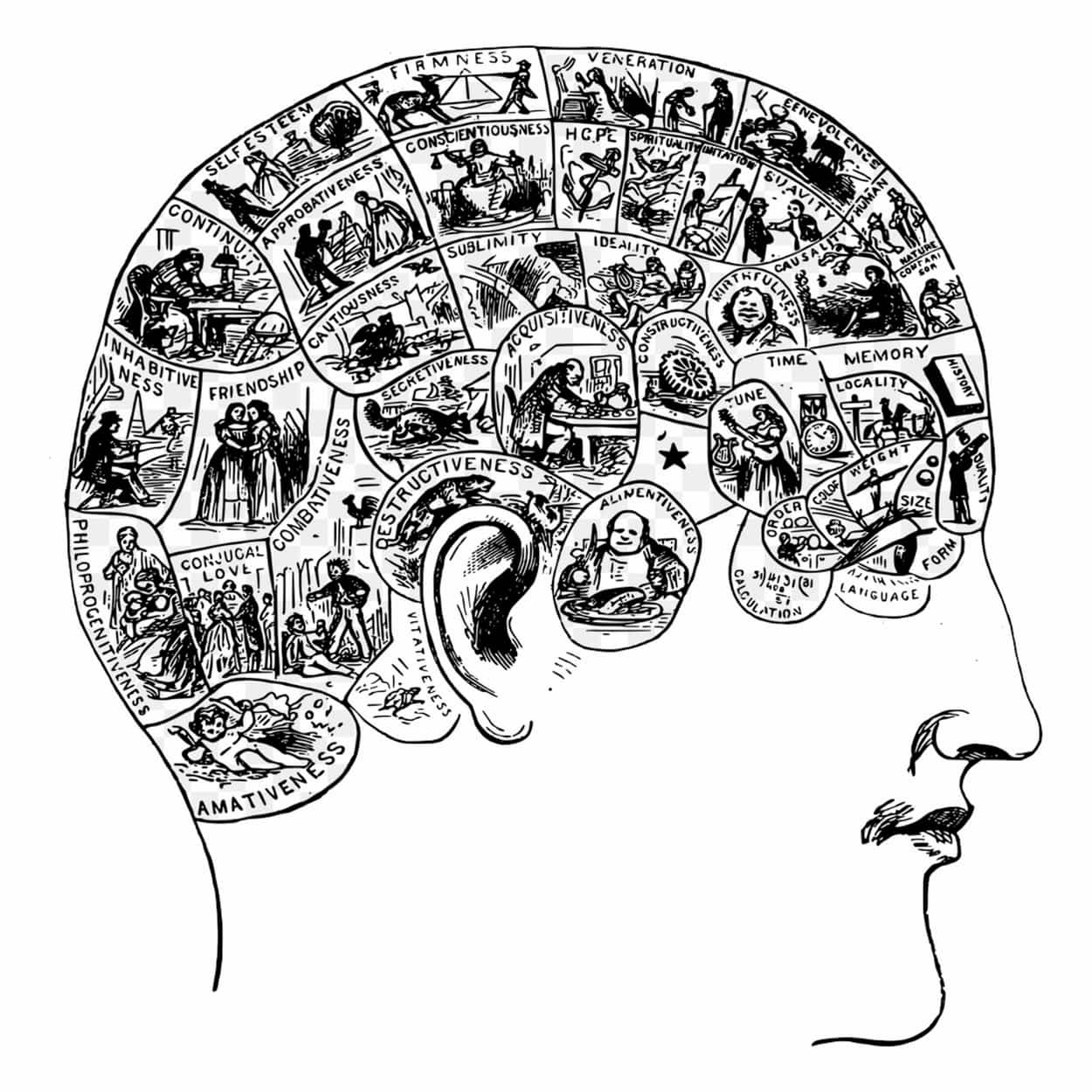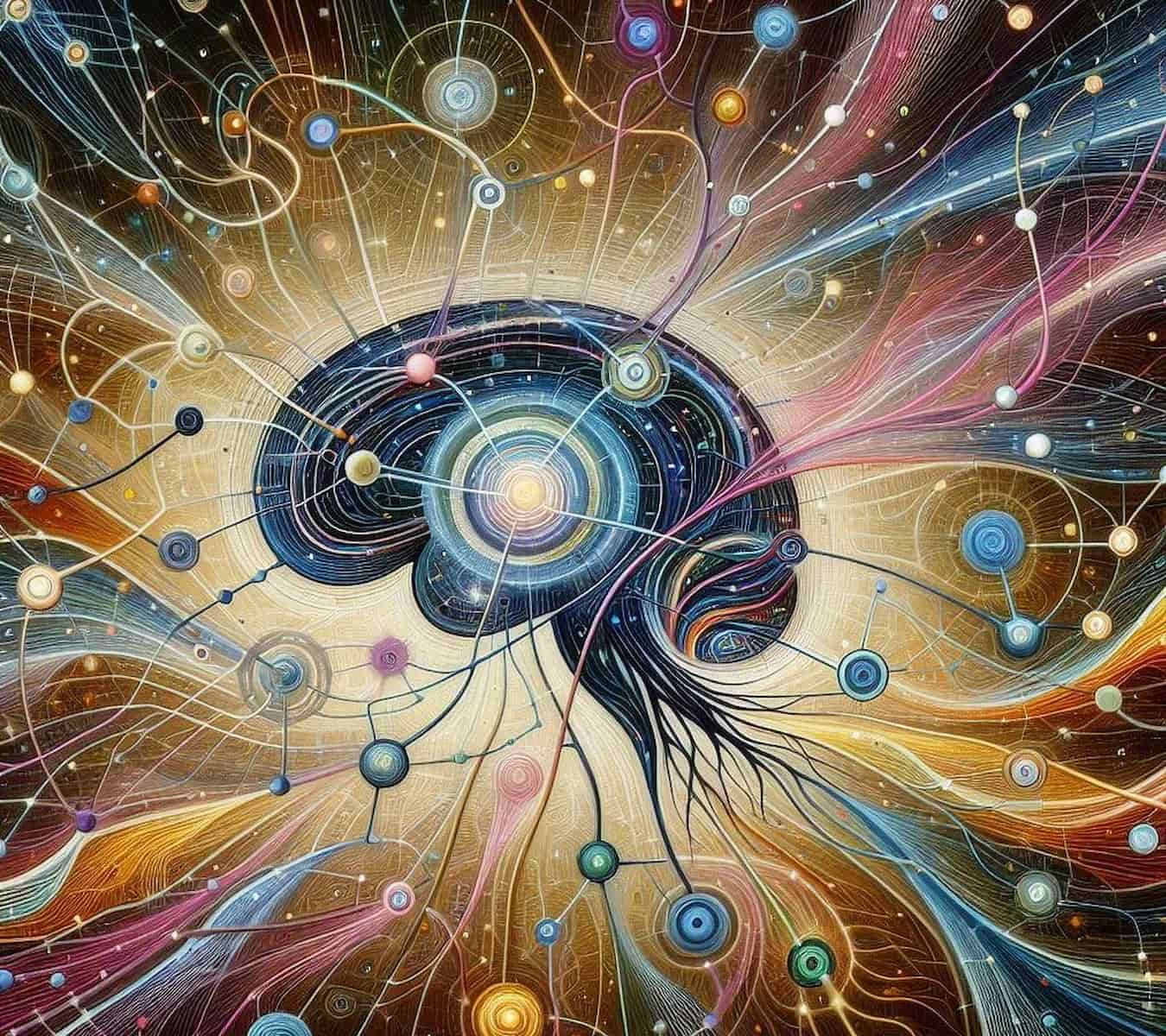The concept of the Noosphere (from ancient Greek νοῦς meaning “mind” + σφαῖρα meaning “sphere,” literally translated as “sphere of mind”) is a hypothetical sphere of interaction between society and nature. Within its boundaries, human rational activity becomes a determining factor in development. This sphere is also referred to as the “anthroposphere.”
The Noosphere is considered a presumed new and higher stage in the evolution of the biosphere. Its emergence is linked to the development of society, which has a profound impact on natural processes. According to V.I. Vernadsky, “in the biosphere, there exists a great geological, perhaps cosmic force, the planetary action of which is usually not taken into account in conceptions of the cosmos… This force is the reason of man, directed and organized by his will as a social being.”
Origin and Evolution of the Concept
The term “Noosphere” was coined by the Sorbonne mathematics professor Eduard Le Roy, who interpreted it as a “thinking” envelope formed by human consciousness. Le Roy emphasized that he arrived at this idea jointly with his friend, the geologist and evolutionary paleontologist, and Catholic philosopher Pierre Teilhard de Chardin. Both Le Roy and de Chardin were influenced by lectures on geochemistry given by Vladimir Ivanovich Vernadsky at the Sorbonne in 1922-1923.
The most comprehensive development of Le Roy’s theory is found in the work of Teilhard de Chardin, who not only shared the idea of abiogenesis (the origin of life from non-living matter) but also believed that the ultimate goal of the development of the Noosphere would be its merging with God. The development of Noospheric doctrine is primarily associated with Vernadsky. According to Professor A.S. Galchinsky of the University of Kiev, “The ideas of the founders of the theory of the Noosphere—V. Vernadsky and P. Teilhard de Chardin—essentially derive from Marx.”

Le Roy’s Noospheric theory is based on the ideas of Plotinus (205—270) about the emanation of the One (the unknowable First Principle, identified with the Good) into the Mind and the World Soul, with their subsequent transformation back into the One. According to Plotinus, the One first produces the World Mind (nous), containing the world of ideas, then the Mind generates the World Soul, which breaks down into individual souls and creates the sensory world. Matter arises as the lowest step in emanation. When beings in the sensory world reach a certain stage of development, they begin to realize their own incompleteness and strive for union, and ultimately, merger with the One.
Le Roy and Teilhard de Chardin’s evolutionary model echoes the fundamental tenets of Neoplatonism. While the origin of the universe, and the emergence, and development of life on Earth are described in terms of modern science, the conceptual framework aligns with the principles of Neoplatonists. According to Plotinus, humans strive to transcend the Soul into the realm of the Mind, and then, through ecstasy, unite with the One. According to Teilhard de Chardin, humans also seek to enter the realm of reason and dissolve into God.
Le Roy interpreted Plotinus’ ideas in a Bergsonian spirit. Henri Bergson’s influence on the formation of the Noospheric theory primarily lies in his proposition of creative evolution (“L’évolution créatrice,” 1907). According to Bergson, the authentic and primal reality is life as a metaphysical-cosmic process, a creative evolution; its structure is duration, comprehended only through intuition, with various aspects of duration—matter, consciousness, memory, and spirit. The universe lives, grows through the process of creative consciousness, and freely develops in accordance with its inherent inclination towards life—the “vital impulse” (l’élan vital).
Bergson’s influence is also evident in Teilhard de Chardin’s work. In “The Phenomenon of Man,” he refers several times to Bergsonian categories of impulse (l’élan) and duration (durée).
The term “anthroposphere” was introduced into scientific circulation by D.N. Anuchin in 1902.
After the 1972 International Conference on the Human Environment in Stockholm, the terms “ecology” and “Noosphere” gained popularity due to the threat of an ecological catastrophe.
V.I. Vernadsky on the Noosphere
According to the summaries by F.T. Yanshina, V.I. Vernadsky formulated the following 12 conditions for the future Noosphere:
- Human settlement across the entire planet.
- Radical transformation of means of communication and exchange between different countries.
- Strengthening connections, including political ones, among the states of the Earth.
- Human geological role prevailing over other geological processes occurring in the biosphere.
- Expansion of the boundaries of the biosphere and venturing into space.
- Discovery of new sources of energy.
- Equality of all races and religions.
- The increased role of the masses in addressing issues and domestic policies.
- Freedom of scientific thought and inquiry from the pressure of religious, philosophical, and political constructs, creating conditions in societal and state structures conducive to free scientific thought.
- Improvement of the well-being of the working class. Creating real opportunities to prevent malnutrition, hunger, and poverty, and reduce the impact of diseases.
- Rational transformation of the Earth’s primary nature to make it capable of satisfying all material, aesthetic, and spiritual needs of the growing population.
- Exclusion of wars from human life.
Vernadsky asserted that humanity, in the course of its development, transforms into a new powerful “geological force,” using its thoughts and labor to reshape the face of the planet. Accordingly, for its preservation, humanity will have to take responsibility for the development of the biosphere, transforming it into the Noosphere. This will require a specific social organization and a new ecological and simultaneously humanistic ethics.
V.I. Vernadsky wrote about the Noosphere as both an accomplished reality and an inevitable future. He considered it a new evolutionary state of the biosphere, reworked by the scientific thought of social humans. “Through his labor—and his conscious attitude toward life—man transforms the Earth’s shell—the geological domain of life—the biosphere. He translates it into a new geological state; through his labor and consciousness, the biosphere evolves into the Noosphere… The face of the planet changes profoundly. A stage of the Noosphere is being created.”
Thus, the concept of the “Noosphere” appears in two aspects:
- The Noosphere is in the stage of formation, developing spontaneously since the appearance of humans.
- The developed Noosphere is consciously shaped by the collective efforts of people for the comprehensive development of humanity as a whole and each individual.
Criticism
While the concept of “living substance” was accepted by Soviet science and the term “biosphere” is occasionally found in post-Soviet scientific texts, the concept of the “noosphere” faces sharp objections in scientific circles and is extremely rarely used in scientific publications. Critics of the theory of the “noosphere” argue that it is ideologized and carries a non-scientific, rather a religious-philosophical character. In particular, F.R. Shtilmark, a prominent Soviet ecologist and Doctor of Biological Sciences, believes: “thoughts about the Noosphere as the Society of Reason… are inherently deeply religious and, for now, remain utopian.”
American environmental historian D. Weiner labels the theory of the noosphere as a “utopian and scientifically untenable idea.”
Criticism of Vernadsky’s “noosphere” is also presented in the monograph by B. Mirkin and L. Naumova.
Philosopher V.A. Kutyryov contends:
“The essence of the renewed view of the noosphere, which we intend to defend here and which, it seems, more adequately responds to the situation, is this: from the very beginning, this theory carried elements of utopia; axiological and ontological approaches intertwine in it without any differentiation… The noosphere as harmony is a scientistic analogue of socio-political utopias like communism and other earlier dreams of paradise.”
Russian ecologist and climatologist A. Pozdnyakov writes:
In the scientific community of Russia, “noosferogenesis” is considered a theory. However, if we understand the theory as a systematic sequence of practical actions necessary to achieve a goal, then this is more of an inadequately grounded utopian stance on the omnipotence of man. At the core of this “theory” lies ordinary human vanity, manifesting as ego- and anthropocentrism…
According to L.L. Prozorova:
…many modern interpretations referring to “Vernadsky’s Teaching on the Noosphere” have a fragmented, primarily socio-political, sometimes speculative nature, without a definite conceptual core. <…> no such doctrine has been created, <…> for the scientific world to accept it as a unified concept for research. In fact, this led to the levity that allowed constructing “their worlds.”
Noospherism and Noospherology
Based on the doctrine of the “noosphere,” the concept of “noospherism” emerged. Legal scholars M.N. Kuznetsov and I.V. Ponkin concluded on the “content of the religious-political ideology of noospherism,” noting the extensive scope of this “quasi-religious ideology” and pointing to close connections between “noospherism” and the occult-religious teachings of “Russian cosmism” and occult-religious groups following the ideas of the Roerichs. However, according to the authors of the conclusion, it does not directly relate to Vernadsky’s legacy, as “noospherism” is a manipulation of Vernadskian ideas and his name.
Russian historian and sociologist N.A. Mitrokhin calls noospherology a “scientistic intellectual tradition, deifying the personality of the late academician V. Vernadsky” and potentially “the most influential of the civil religions in contemporary Russia.”
In Popular Culture
The term “noosphere” has been used several times in the subculture of computer games, albeit with a meaning loosely connected to the original (particularly in games like S.T.A.L.K.E.R., Metro 2033, and Warhammer 40,000).






